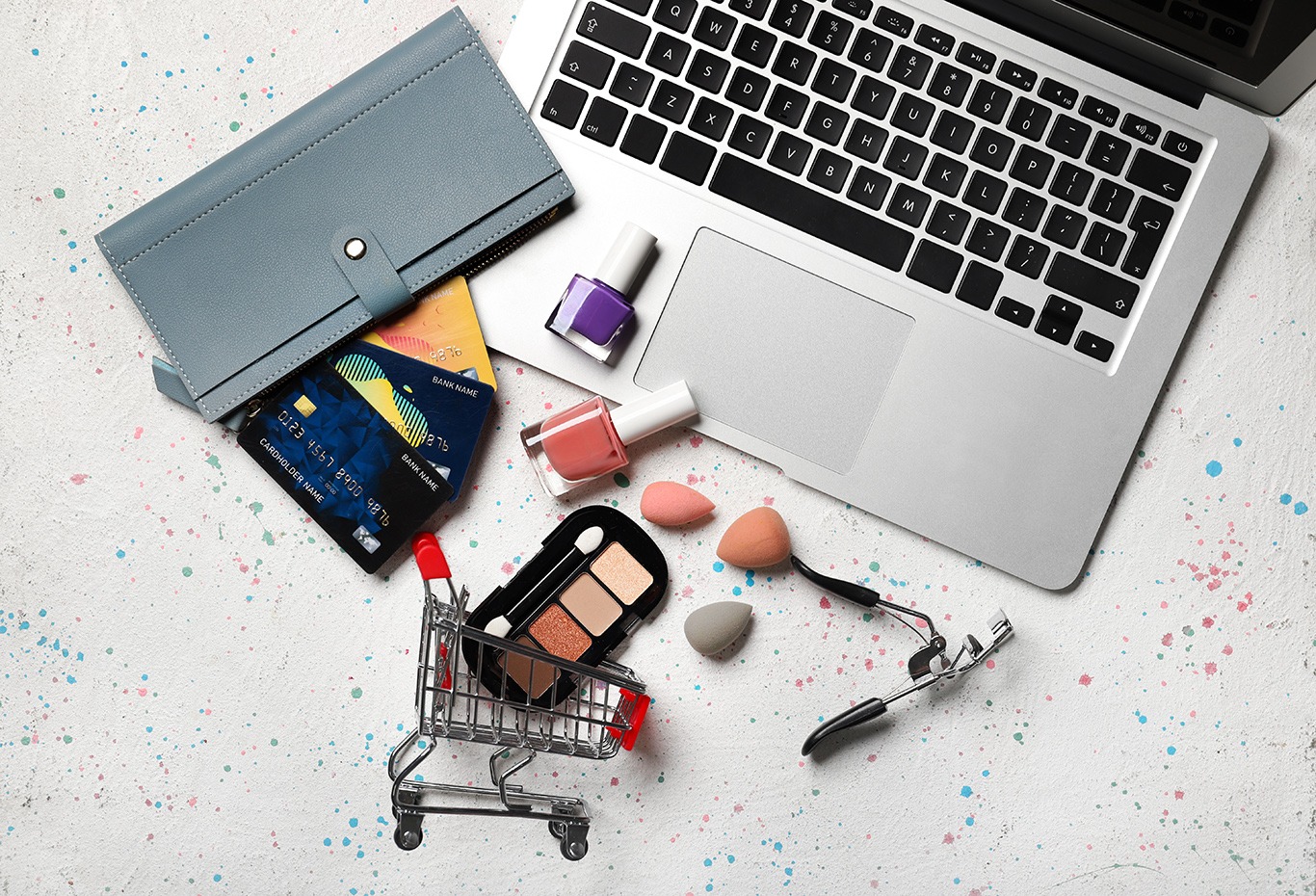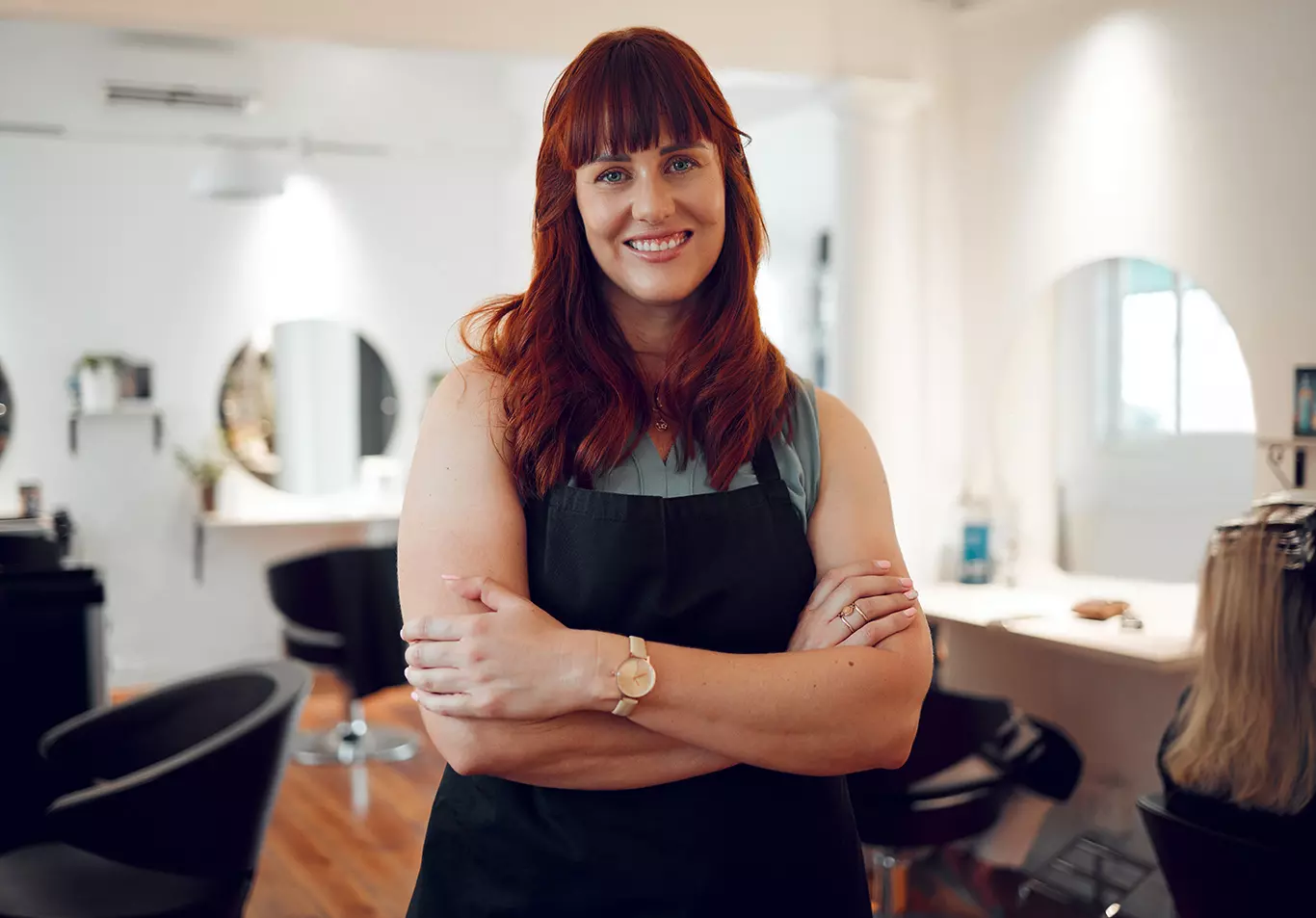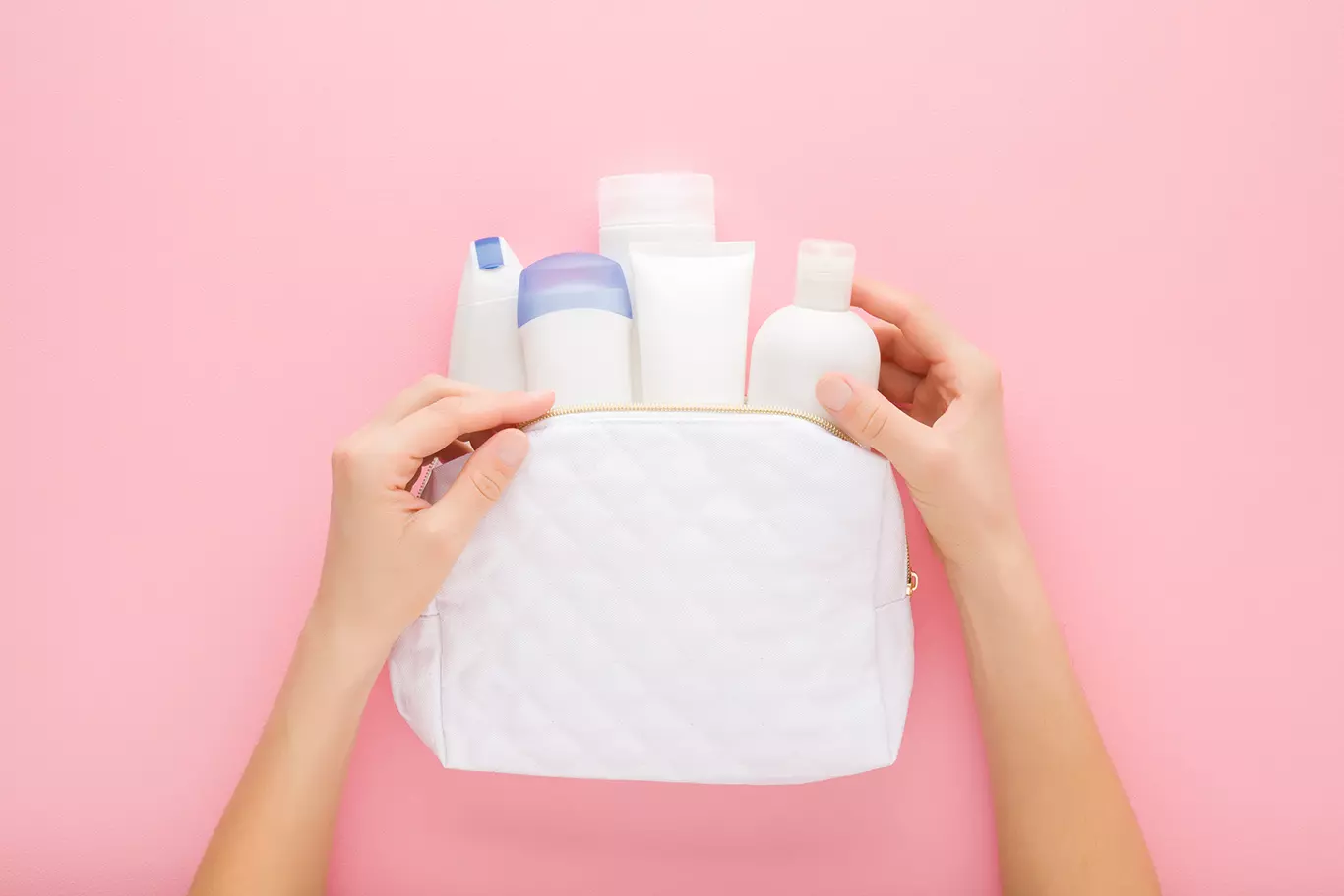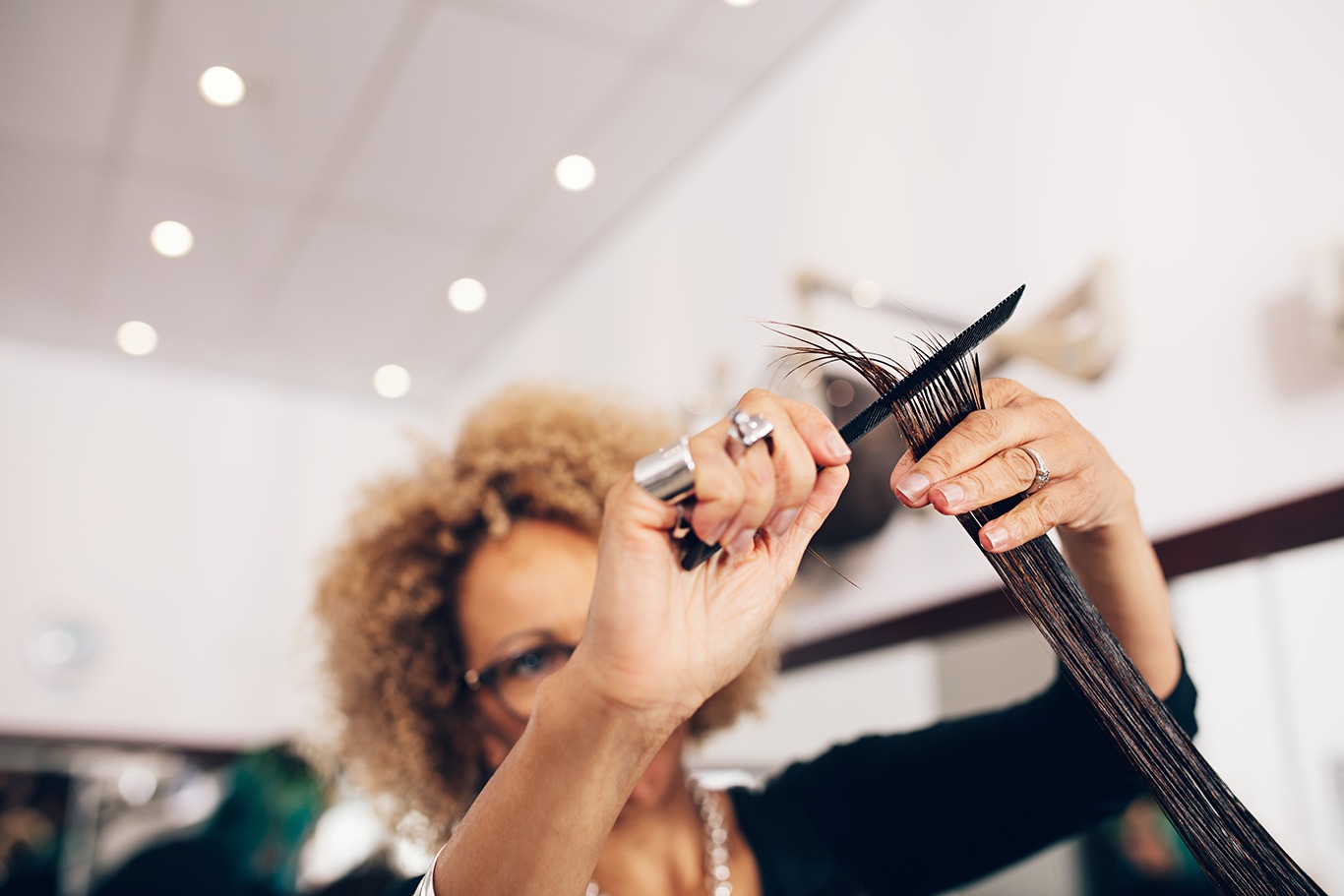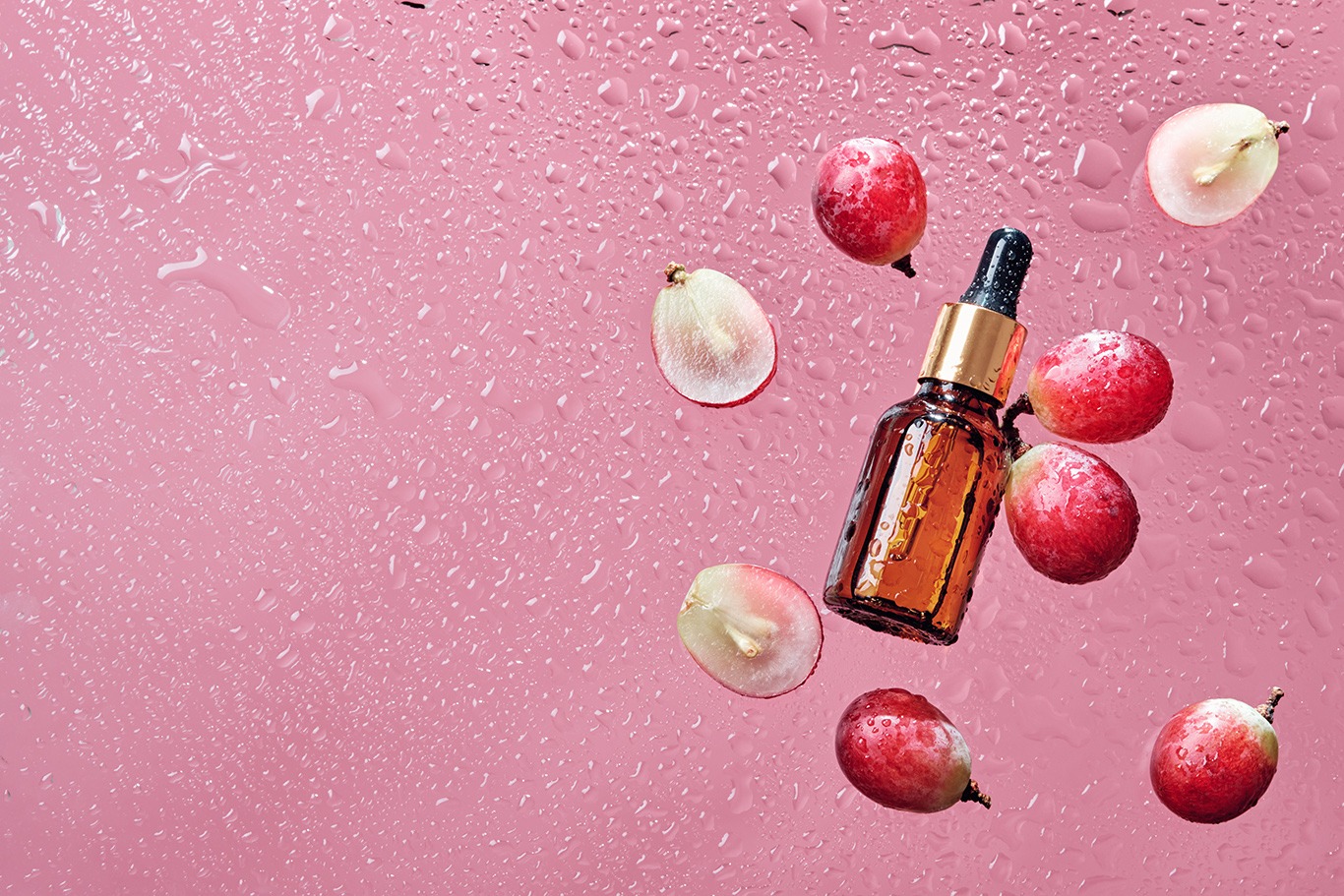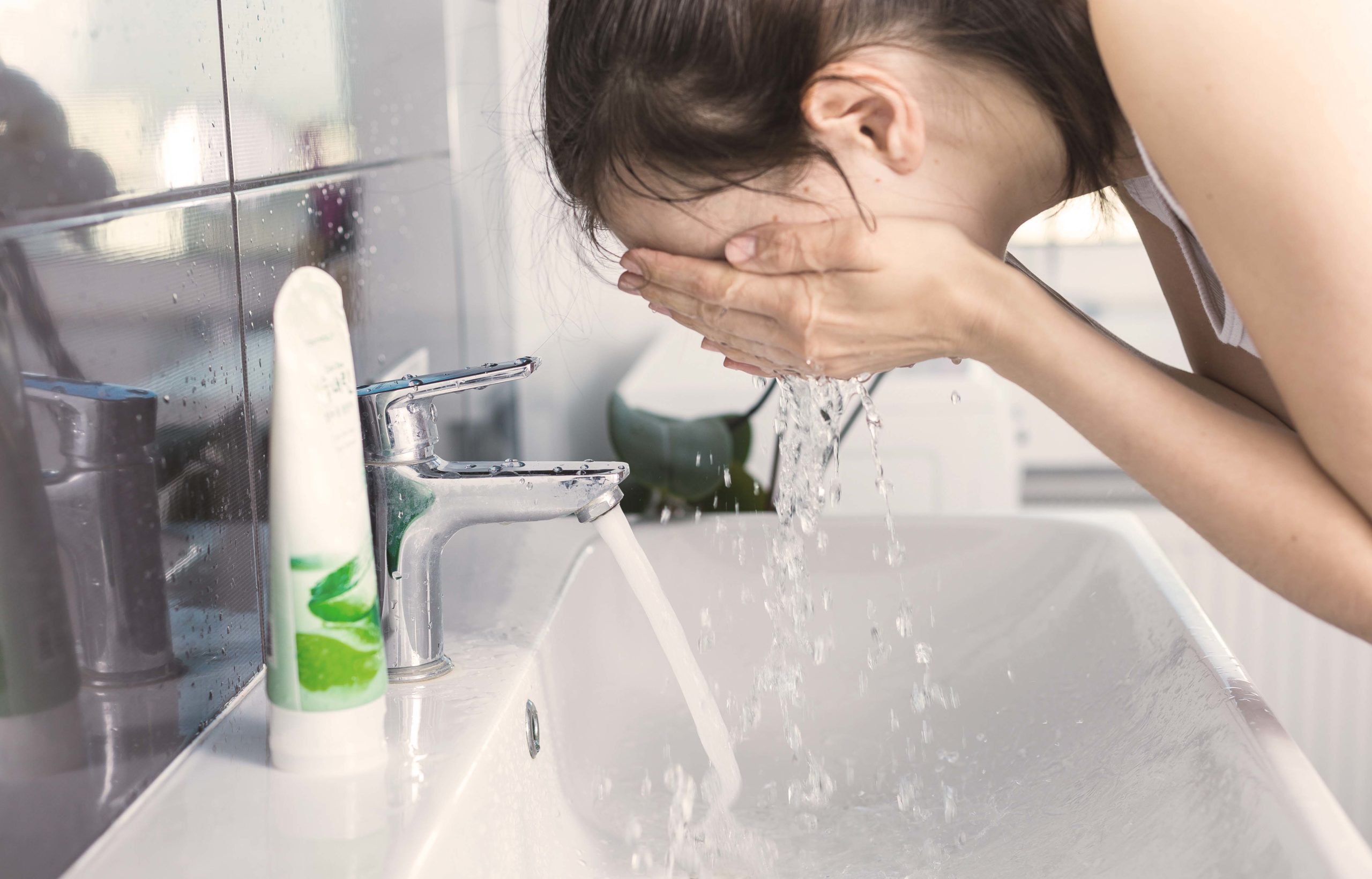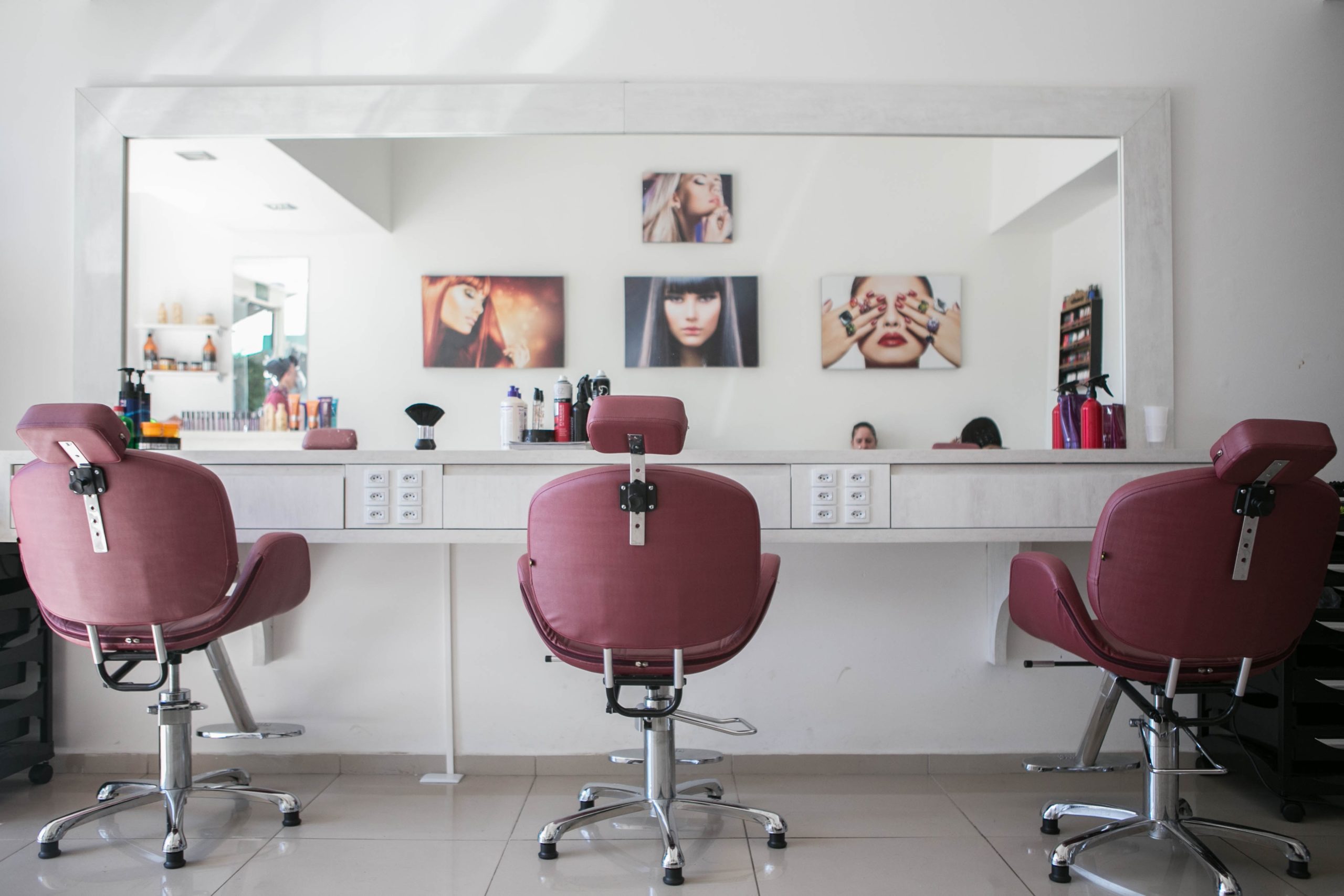Beauty Pros, Are You Making These Money Mistakes?
Most of us beauty professionals joined the industry because of our creative drive; the beauty industry is one propelled by artistry and innovating, making it a thrilling field for people who want to create.
But just because we’re creatives doesn’t mean we can afford not to think like entrepreneurs. Whether you’re running a salon or spa, working as a self-employed beauty professional, or launching a hair care or skin care business — creativity can only get you so far.
Taking the time to get business savvy can help you level up your career and reach higher levels of financial freedom.
So no matter where you work in the beauty industry, here are the money mistakes you might be making (and how to fix them).
Mistake #1: Making Big Business Purchases Too Early
It’s understandable to want nothing but the best for your beauty business,but spending too much on fancy equipment and offerings (especially in the early stages of the business) but you could be doing more harm than good.
If you’re itching to throw money at big purchases like top-of-the-line facial equipment or high-tech shampoo bowls, pause to think on these purchases very carefully — even if they feel like investments.
Consider your ROI on these purchases. Are they going to help you generate more revenue in the near future?
While exemplary customer service and an excellent client experience is crucial, think of ways you can stretch your dollars to do this while keeping your spending lean. Grow your business first, so you can use disposable cash for “nice-to-haves” in the future, rather than digging yourself in a hole at the early stages.
Mistake #2: Not Having Separate Business and Personal Accounts
Whether you own your own salon or are just renting a chair, you are a business owner. Separate your finances before you begin earning money from paying customers (and if you haven’t yet, switch now!)
Having a separate bank account and credit card for your business income and expenses will help you keep track of necessary info for filing quarterly tax estimates, as well as helping you keep an eye on your overall financial health.
Mistake #3: Not selling retail
You may be thinking: I’m an artist, not a salesperson. While we understand that a love of sales is probably not why you got into this business, you’re leaving cold-hard cash on the table by ignoring retail sales as a significant revenue stream.
Whether you’re earning a commission on products or earning profit directly, retail sales can become a significant (and scaleable) portion of your income. While you’re performing your service, explain why you’re excited about the products you’re using on your client: What the product does, how the client can use it at home to receive similar results. It won’t feel like a hard sell, and you’ll be surprised how much your clients will appreciate the advice.
Salon or spa owners should make sure retail offerings are attractively displayed in an area where clients congregate — in the waiting area by a coffee or drink bar, for example.
Mistake #4: Relying on brands to sell themselves
Carrying a household name skin care brand in your salon can be great, but be careful not to dig yourself into a hole. Major skin care brands will require high upfront investments — we’re talking thousands and thousands of dollars — to stock your space. That’s a whole lot of money to recoup, and just because a brand is well known doesn’t mean the products will fly off the shelves. Instead of relying on a specific brand, carry products you know are well-suited to your target demographic, that you’ll be excited to tell your clients about.
And if you’d rather not deal with the high upfront investments and low profit margins from these major beauty brands, you should consider launching your own skin care line. Not only are minimum orders low (with the opportunity to mark up your products by 300%) but you can create a sense of exclusivity and luxury by carrying a branded line of products only offered by your salon or spa.
Mistake #5: Becoming a bargain salon
Many salons and spas put out offers on “bargain” websites such as Groupon in order to reach new clientele and bring new faces in the salon. This can be a mistake.
While putting out a Groupon for your services could bring dozens or even hundreds of new clients into your business, you’ll earn very little money on the offer: Groupon and sites like it take a huge cut from your already-discounted services.
What’s more, you aren’t attracting your ideal customer through these bargain websites. You want customers who appreciate the work you do and are willing to spend money on your worthwhile treatments — not customers who are constantly searching for the cheapest offer.
According to a Business Insider study, only a handful of groupon users become repeat customers, most likely because they were never willing to pay full price for salon services in the first place.
Mistake #6: Skipping market research
Speaking of target markets, you’ll be doing yourself a disservice if you try to appeal to too broad an audience. You may think to yourself, who doesn’t need a hair salon, or who doesn’t want to come relax at a spa? But this way of thinking will prevent you from truly speaking to people who are interested in paying for your services.
That’s why market research is crucial. Consider, for example, your business’ neighborhood. Are you in an affluent area where customers might expect extra-luxurious offerings? Maybe you’re near a high volume of offices, with workers hoping to destress at lunch or after work? Maybe you’re in a very suburban area where your customers care more about cost-to-value ratios.
Taking the time to consider ways you can fill niches or solve specific needs in your market will help you stand out from the competition.
